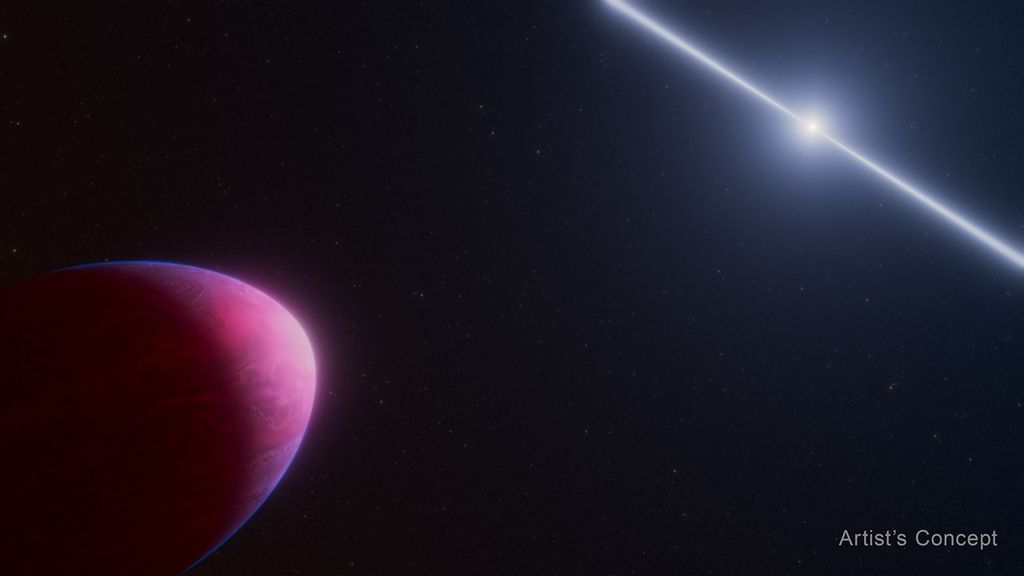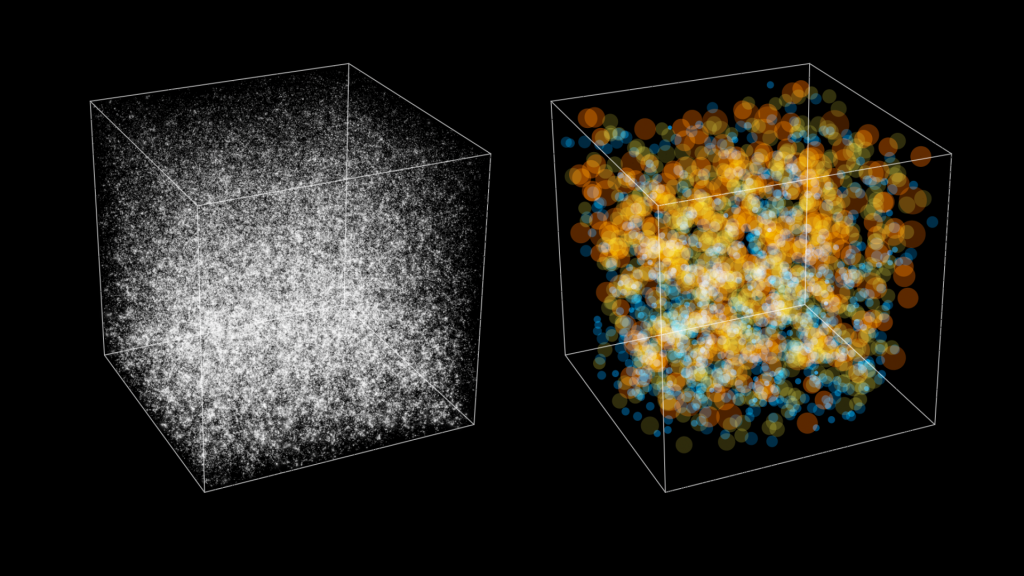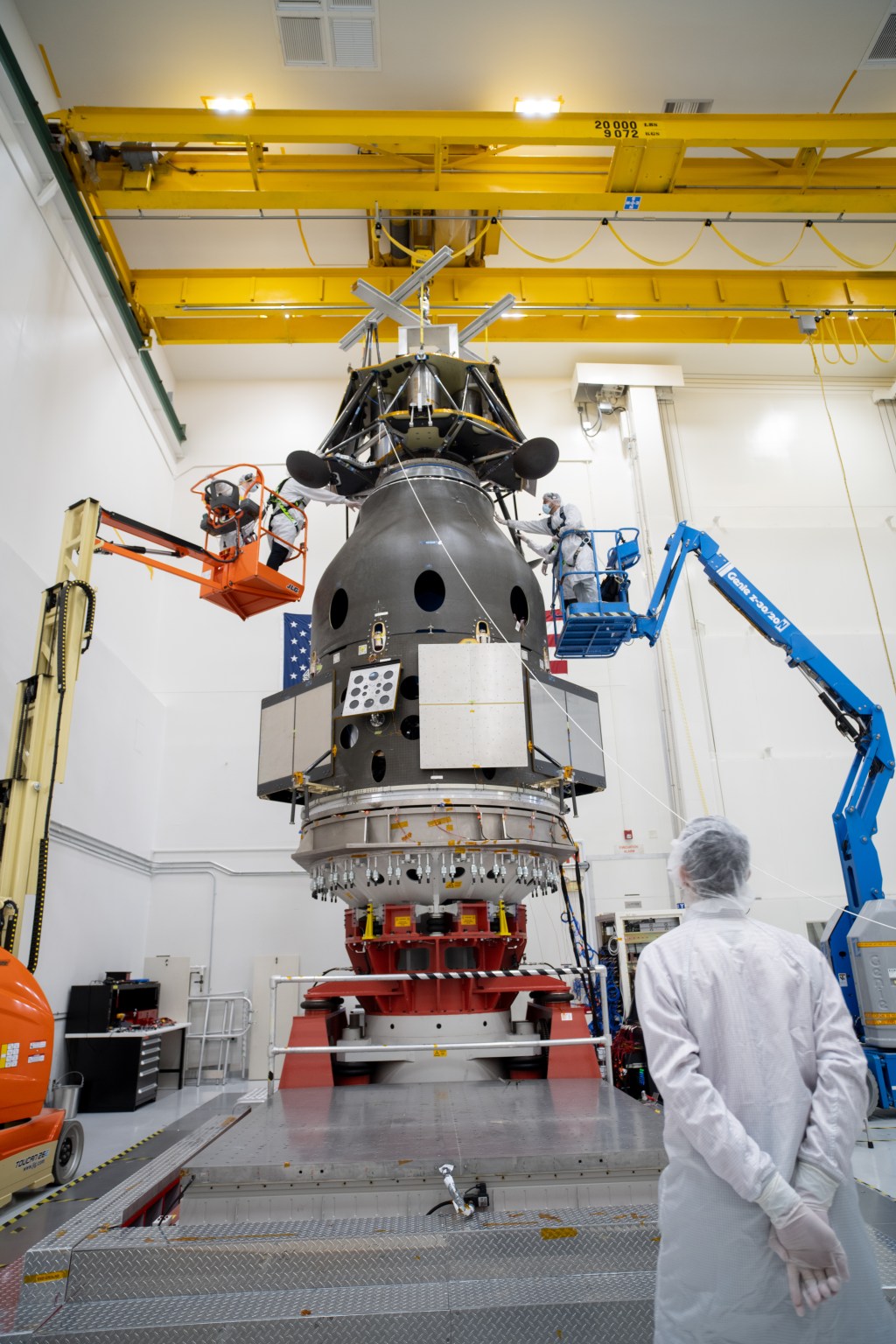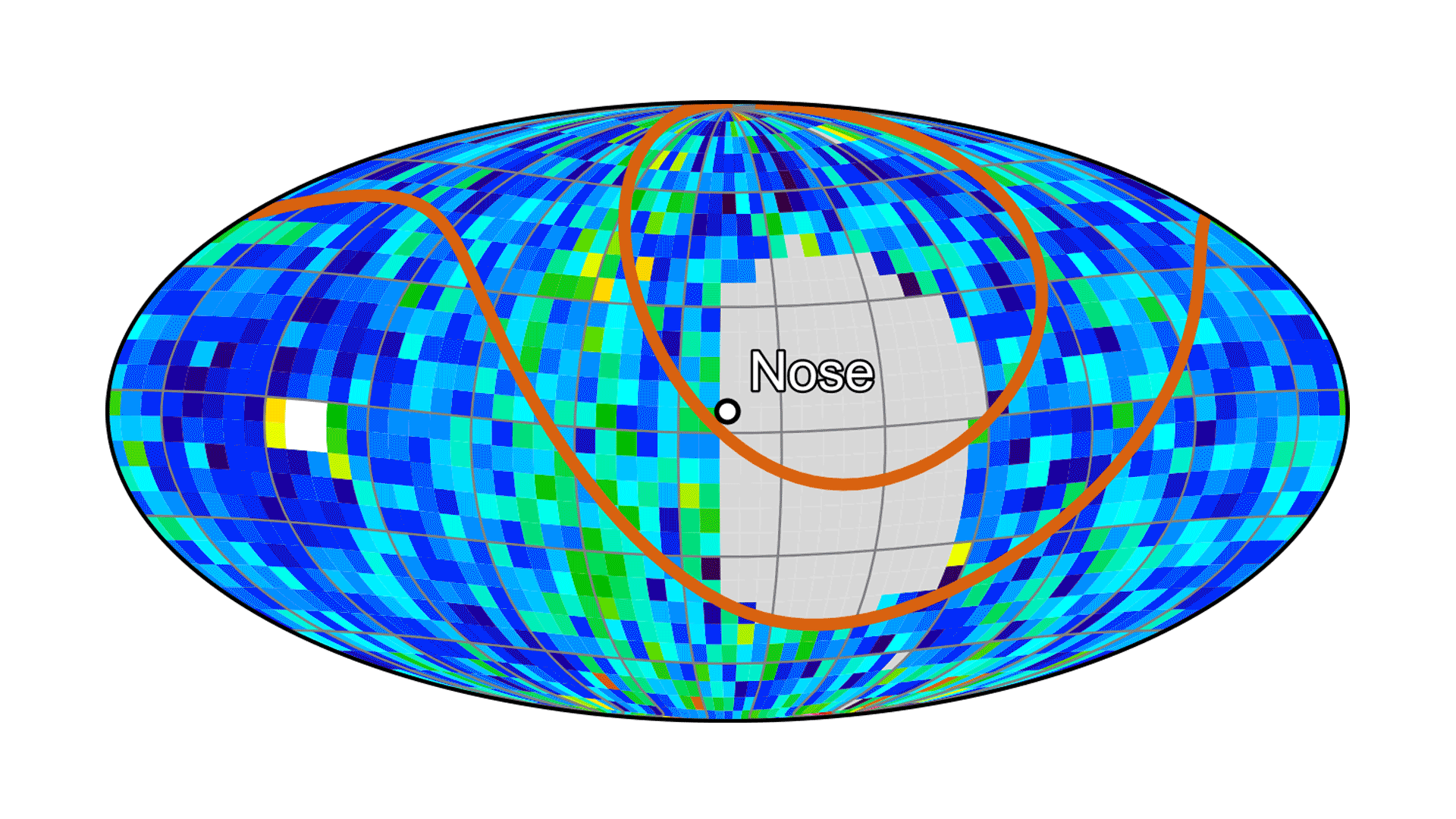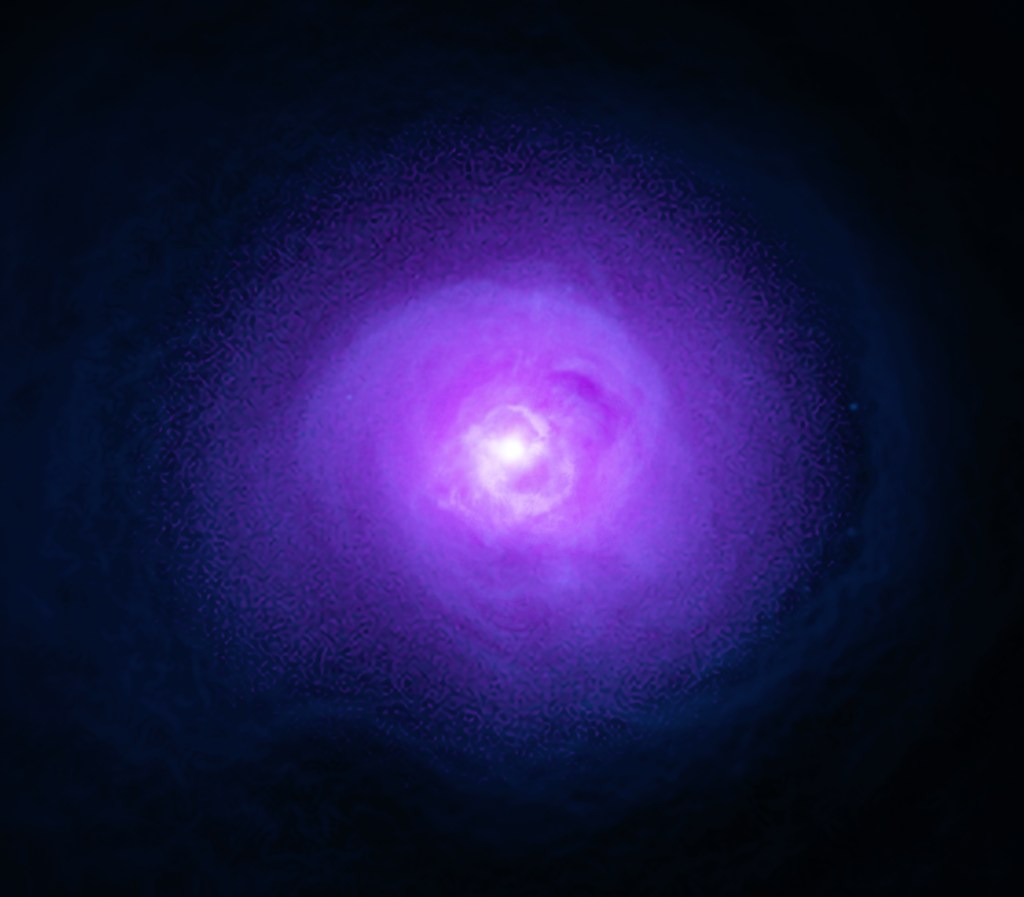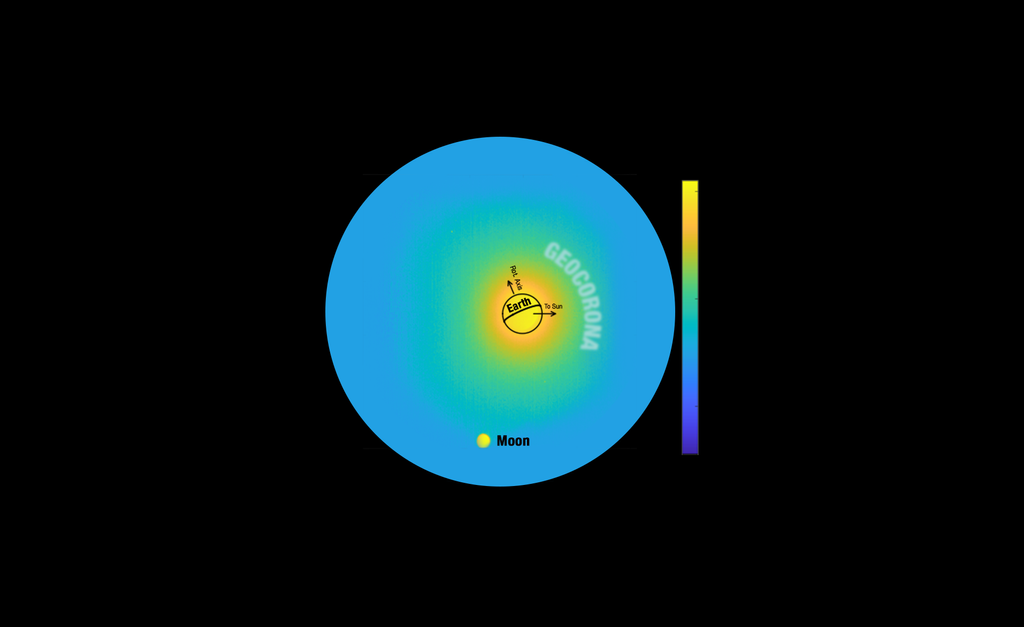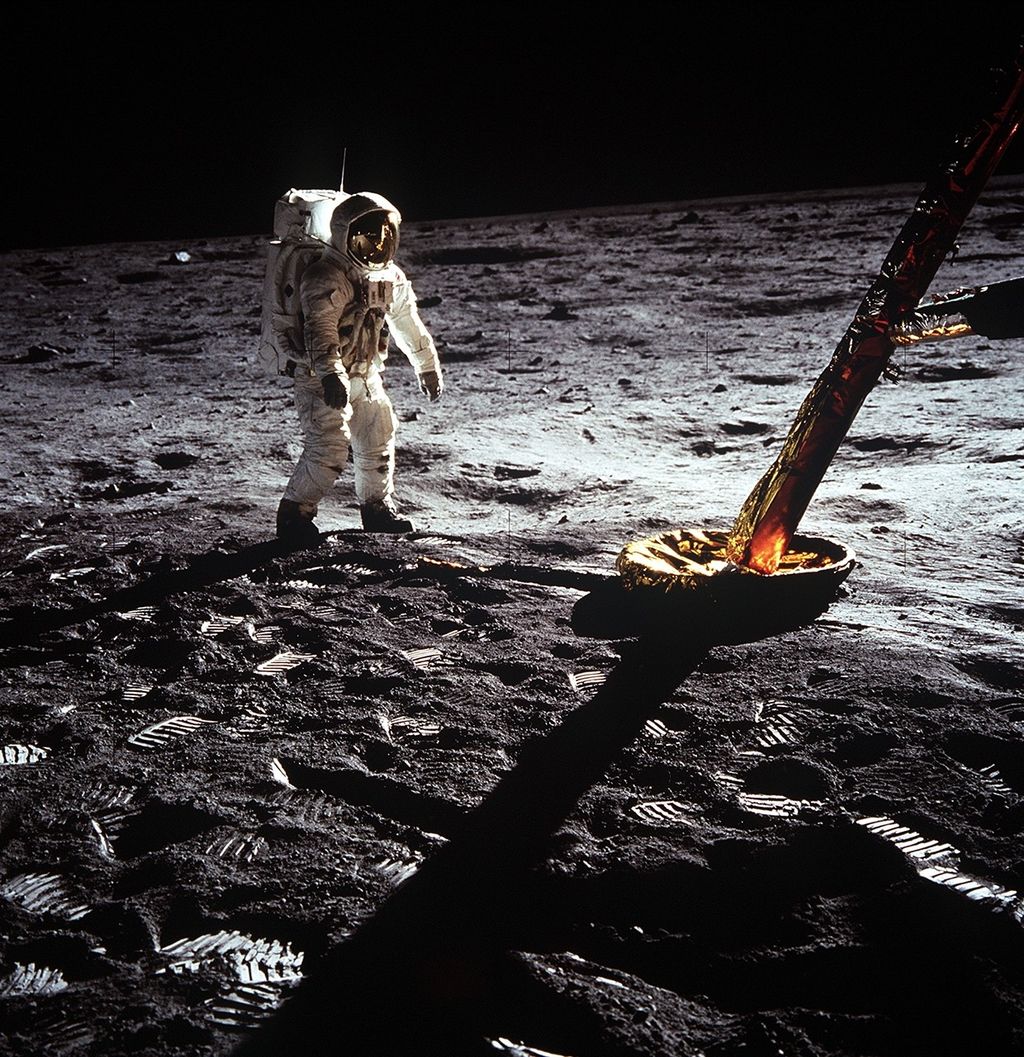Solar Orbiter Prepares to Face the Sun

Solar Orbiter builds on the successes of previous missions to study the Sun and its effects on Earth. The mission was developed to study the environment directly surrounding the spacecraft while also observing the Sun, giving scientists a better understanding of how our star can affect the space environment throughout the solar system. The spacecraft also will be the first to provide images of the Sun’s poles. The Solar Orbiter mission is planned to last seven years.
The spacecraft is carrying a suite of 10 scientific instruments. Four are in-situ instruments, meaning they will operate continuously. These are the Energetic Particle Detector (EPD), Magnetometer (MAG), Radio and Plasma Waves (RPW), and Solar Wind Plasma Analyzer (SWA). The remaining six are remote-sensing: the Extreme Ultraviolet Imager (EUI), Coronagraph (METIS), Polarimetric and Helioseismic Imager (PHI), Heliospheric Imager (SoloHI), Spectral Imaging of the Coronal Environment (SPICE), and X-ray Spectrometer/Telescope (STIX). For an in-depth look at Solar Orbiter’s scientific payload, visit https://sci.esa.int/web/solar-orbiter/-/51168-summary.
Solar Orbiter is an international cooperative mission between the European Space Agency (ESA) and NASA. ESA’s Engineering & Test Center (ESTEC) in The Netherlands is managing the development effort. The spacecraft has been developed by Airbus. The European Space Operations Center (ESOC) in Germany will operate Solar Orbiter after launch. The Solar Orbiter mission is managed by ESA; the scientific payload elements of Solar Orbiter are being provided by ESA Member States, NASA and ESA. NASA’s Launch Services Program is responsible for launch management. United Launch Alliance of Centennial, Colorado, is the provider of the Atlas V launch service.
Join us for updates from the countdown starting at 10:30 p.m.


